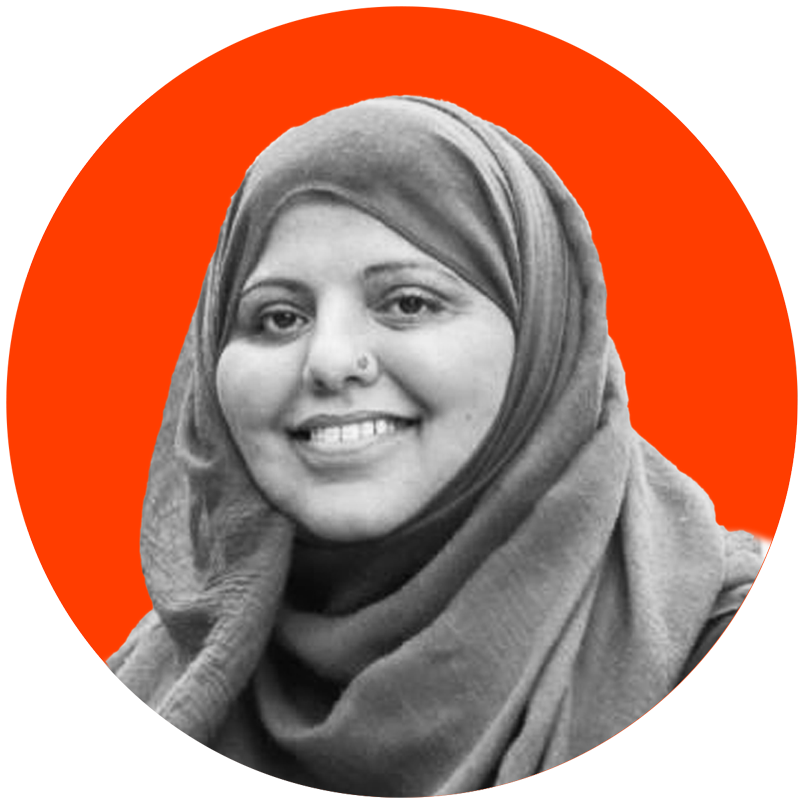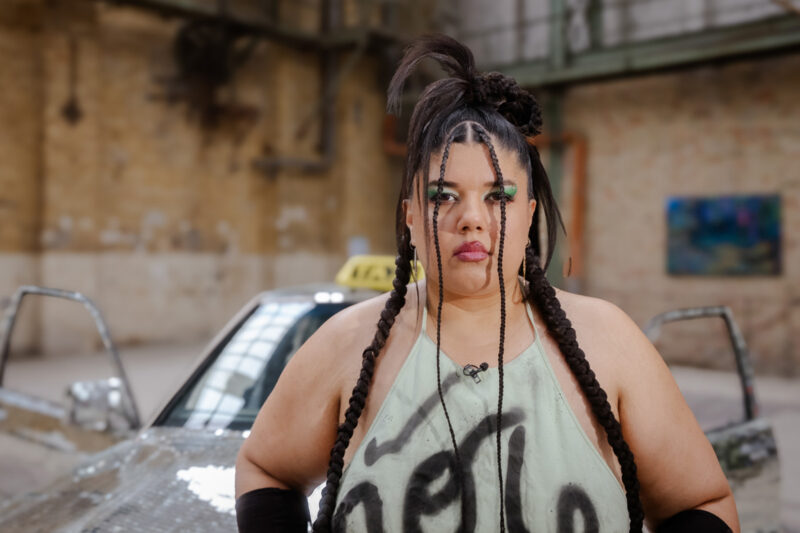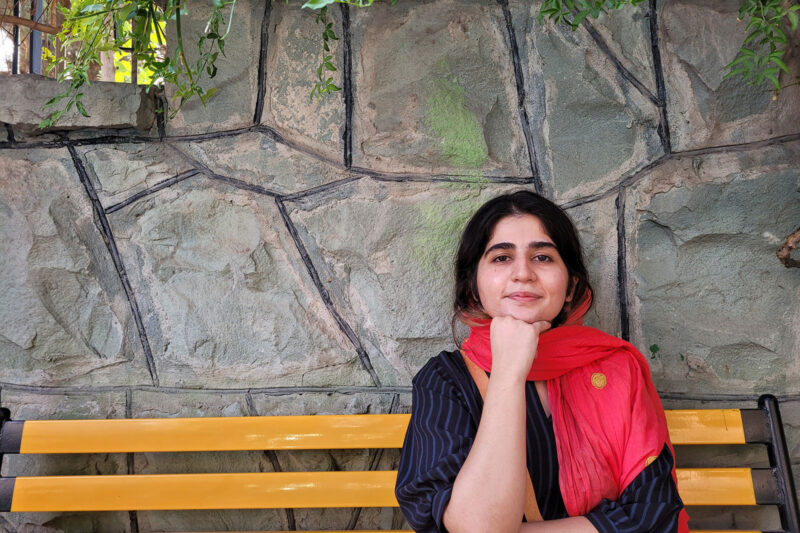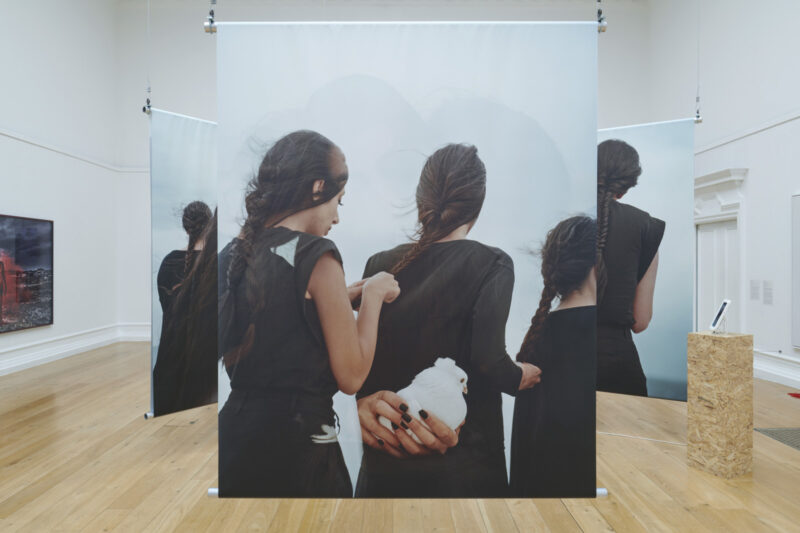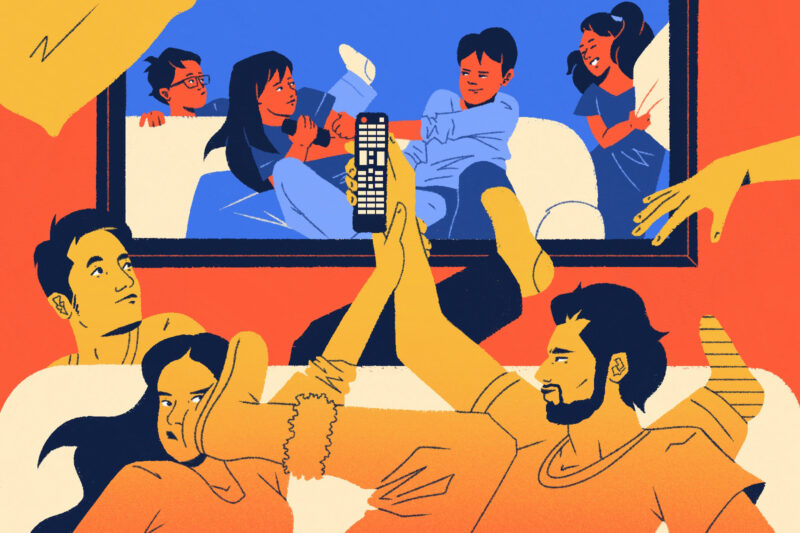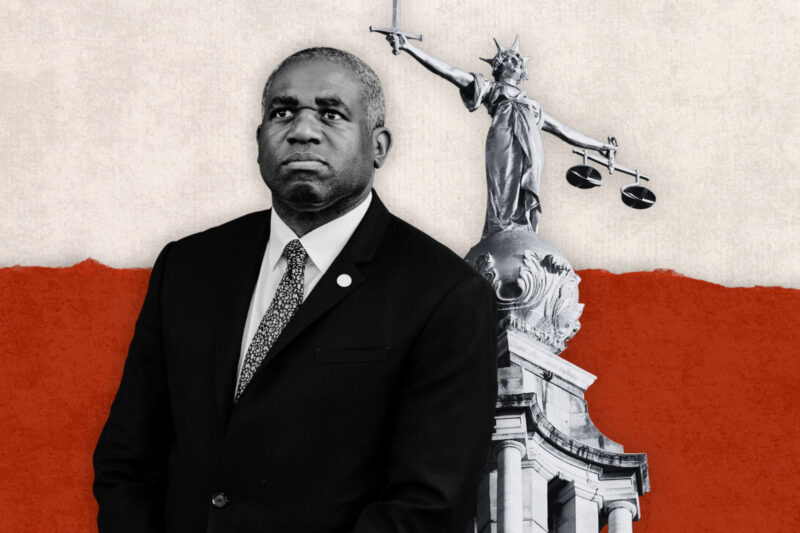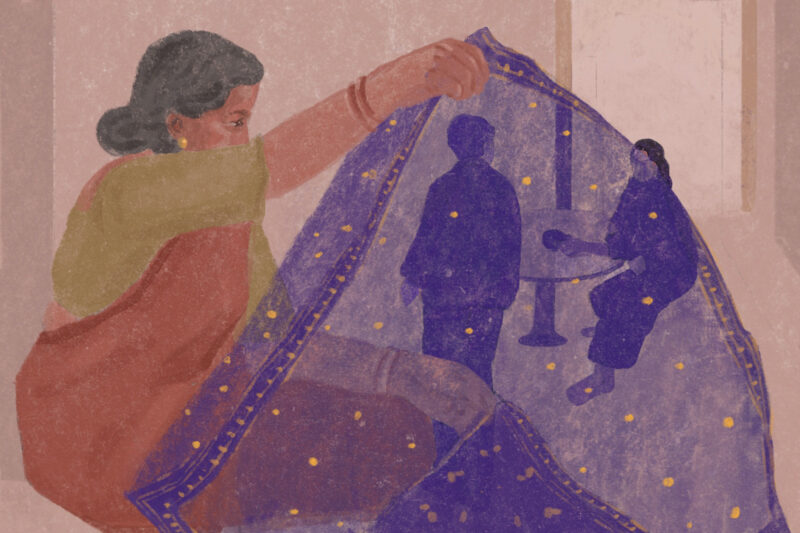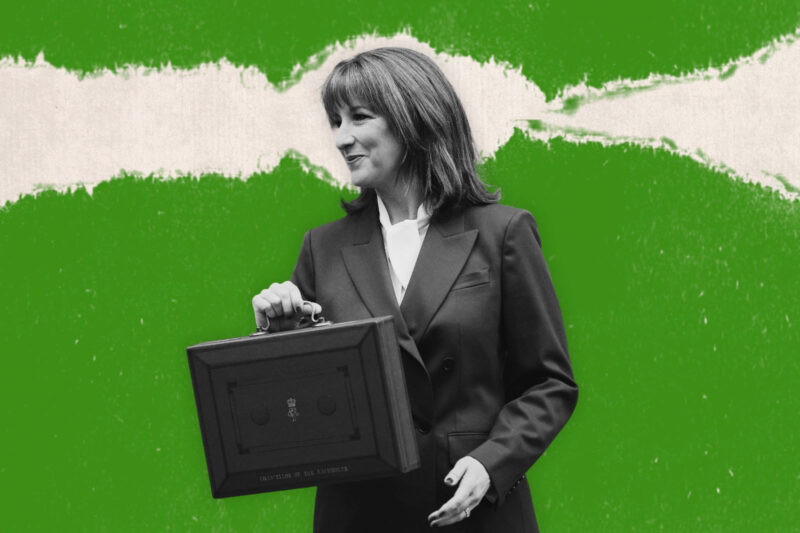Protests in Iran are about male violence and control of women
At a time when women’s rights are being rolled back around the world, it is inspiring to see Muslim women fighting for themselves
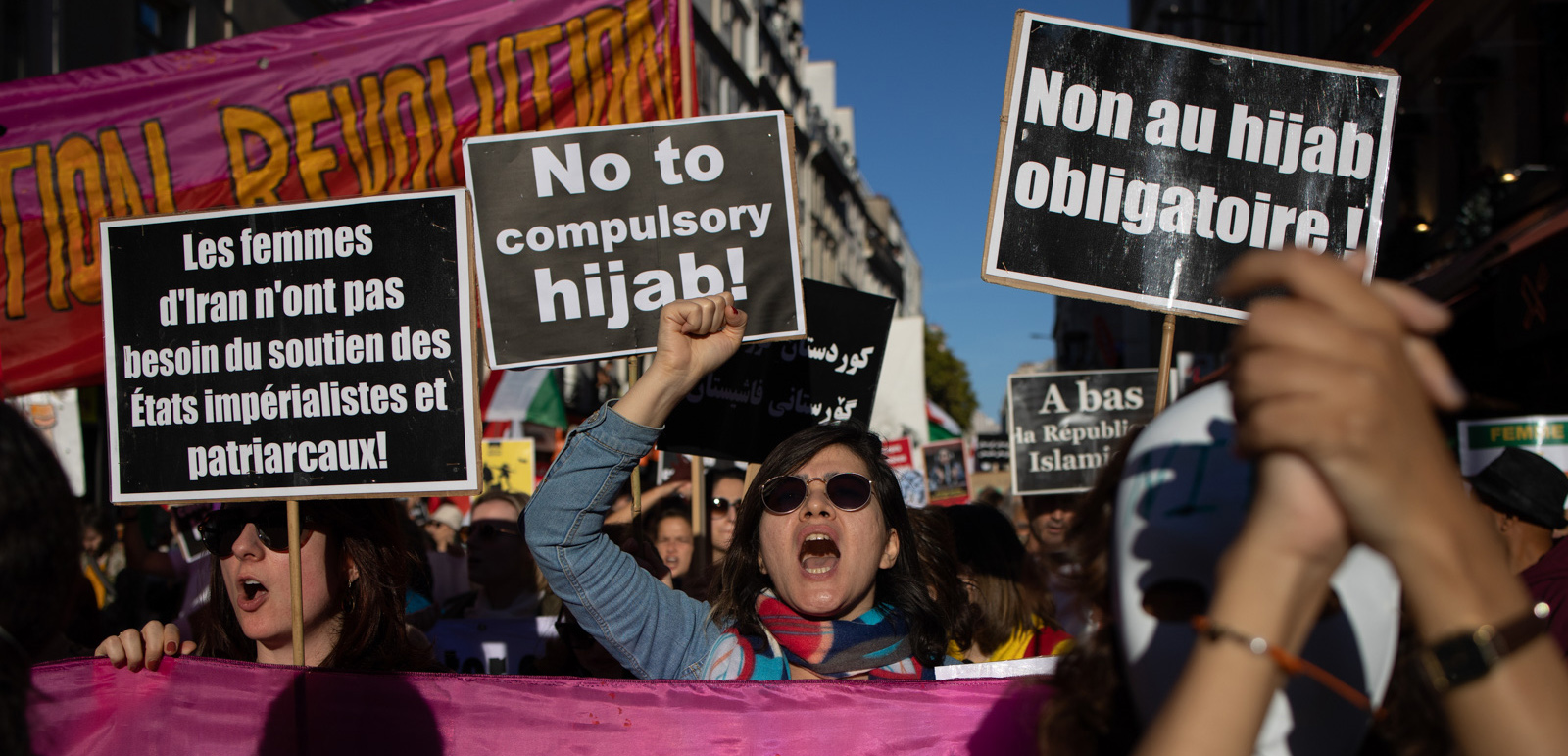
On 16 September, thousands of people took to the streets of Saqqez, in Iran’s northern Kurdistan Province, following the death of a local woman who had been arrested for “improperly wearing” her hijab. The killing of 22-year old Mahsa Amini, which took place while she was visiting the nation’s capital of Tehran, has led to a wave of protests that has convulsed the country ever since.
On university campuses and in school playgrounds across Iran, women and girls have gathered en masse, chanting the slogan “Zind, zindagi, azadi” (“Women, life, freedom”), railing against laws that force women to cover their hair and demanding that the nation’s feared morality police be abolished.
It’s now been more than 40 days, the traditional Islamic mourning period, since Amini’s death. In that time, she has become the face of a national movement led by Iranian women, demanding that they be afforded basic rights and freedoms. According to human rights groups, more than 30 people have lost their lives since the demonstrations started. Amnesty International has reported that at least four children have been killed and at least 10,000 people arrested and detained, including a number of journalists. Footage of an activist being placed under arrest and sexually assaulted by a police officer in Tehran has also emerged, forcing the Iranian government to condemn the actions of its own security forces.
Videos of these scenes have been shared far and wide, giving the movement international momentum. On social media, men and boys around the world have expressed their support and women including the French actors Juliette Binoche and Marion Cotillard have cut their hair on camera to show their solidarity.
According to Iranian activists outside the country, however, the protests are against the control of women, their bodies and choices.
Fereshteh is a UK-based activist who asked to be referred to under an assumed name in order to protect her family who still live in Iran. She told me that the protests are really about freedom from patriarchal oppression, choice and women’s rights to bodily autonomy. As such, she supports the cause wholeheartedly, but is determined that it should not be co-opted by people who wish to portray Islam in a reductive light.
“Forcing women to wear the hijab or any clothing they do not wish to wear is an abuse, as is forcing women to remove their hijab,” she said. “Forced hijab is not the issue by itself — male violence against women is the issue.”
Huda Jawad, founder of The Faith & Violence Against Women and Girls Coalition, has similar concerns. She warns about the danger of the protests in Iran being leveraged by far-right Islamophobic groups and is keen to underline that there is no contradiction between her own choice to wear the hijab and supporting women who do not wish to.
“As a woman who freely chooses to wear the hijab, I act in total solidarity with my sisters worldwide who oppose and protest against the enforced manipulation of women’s bodies,” she said. “No faith or cultural practice should be weaponised to carry out the work of patriarchy.”
She added that, while seeing Iranian women taking off their hijabs — and, in some cases, burning them — can be uncomfortable for many Muslim women in countries where wearing clothes that conform to their religious beliefs is often met with suspicion or disapproval, denial of choice and freedom is at the heart of both problems. Forcing women to wear the hijab or attempting to ban garments that cover the face, as has happened in a number of European countries including France, Switzerland and Belgium, she said, equally “infantilise and traumatise women and girls”.
It is also worth noting that while Iranian women are protesting for their right not to wear something they don’t want to, women in India are fighting for their right to wear something that they do.
In February a legal case was filed in India’s Supreme Court by schoolgirls from the state of Karnataka who had been banned from wearing hijab in the classroom — a move that sparked widespread international criticism. The court has so far been unable to reach a unanimous ruling, but the case has been heard against a backdrop of increasing anti-Muslim rhetoric from Prime Minister Narendra Modi’s Hindu-nationalist government.
Given that the hijab has become the latest sectarian flashpoint in the country, politicians from Modi’s Bharatiya Janata Party have been quick to jump on the Iran protests to serve their own ends. Last month, C. T. Ravi, the party’s general secretary, tweeted: “Oppose Hijab in Iran. Support Hijab in India. Hypocrisy of the Liberal Gangsters!”
The point is that there is no hypocrisy here at all. Throughout history — and especially colonial history — the bodies of Muslim women and their clothing choices have been politicised and used against them. At a time when women’s rights are being rolled back around the world, from the United States to Afghanistan, it is inspiring to see Muslim women, so frequently portrayed as submissive and lacking agency, fighting for themselves.
Whether it is the protesters in Iran, the schoolgirls of India or the women footballers in France demanding to be allowed to wear the hijab, we can take pride in the knowledge that we are all cut from the same cloth.
 Newsletter
Newsletter

